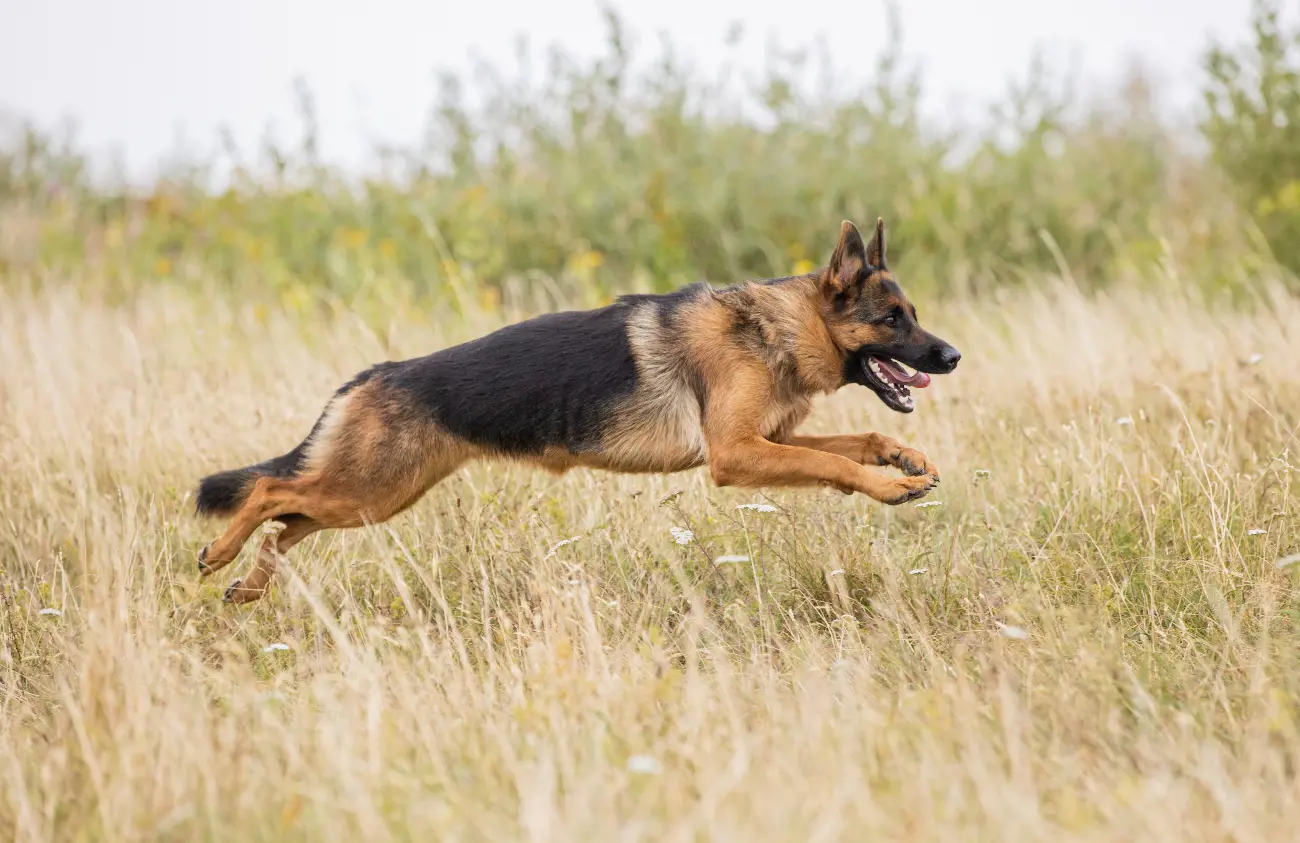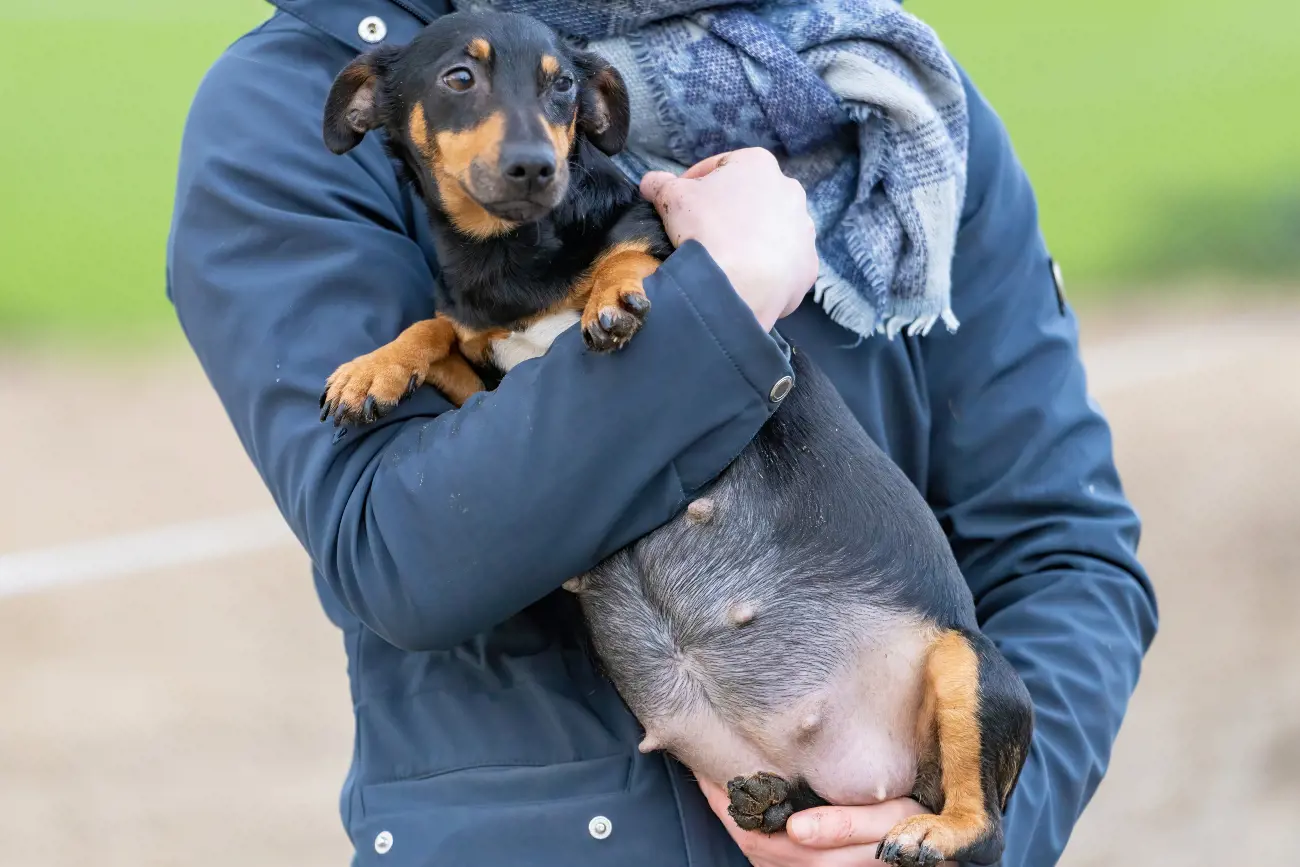17 things you need to know before buying a pedigree dog
13th April, 2022
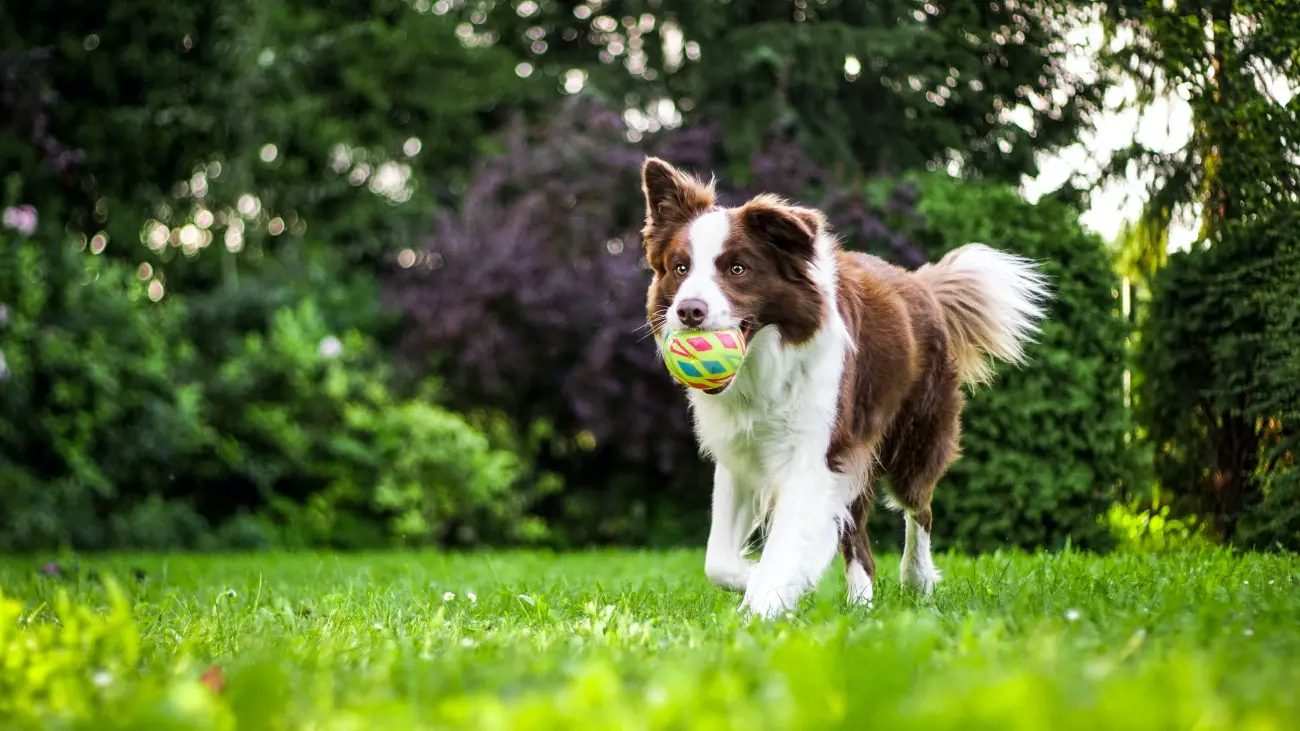
If you're thinking of adding a dog to your household: congratulations! It may prove to be one of the best things you ever do. During your research, you'll probably come across certain terms again and again – 'pedigree', 'purebred', 'mixed breed'.
What do these terms mean? How much does it cost to buy and look after a pedigree dog? And what kinds of health issues can pedigree breeds suffer from?
Read on to find out all you need to know about pedigree pups – and why dog insurance is recommended in the case of these highly desirable animals.
What makes a pedigree a pedigree?
For a dog to be a pedigree, both its parents must be the same breed and they may registered with the Kennel Club or another society recognised by the Kennel Club. Learn more about registration and what’s involved on the Kennel Club’s website.
If getting a pet insurance quote with Purely Pets, we consider a dog to be pedigree when both parents are the same breed, they do not necessarily need to be registered with the Kennel Club.

What is a purebred dog?
According to the RSPCA, purebred dogs will also have parents of the same breed but they aren’t necessarily registered with the Kennel Club or other similar schemes.
How many pedigree and purebred dogs are there in the UK?
Taken as a total together, pedigree and purebred dogs make up around 75% of the UK's 9 million dogs. That includes some 221 breeds, from the Affenpinscher to the Yorkshire Terrier (via the German Wirehaired Pointer and the Shetland Sheepdog…).
What’s a crossbreed?
If a dog's parents were of two different breeds, that animal is defined as a cross breed. Then, just to add one more term into the mix, a mix of three or more breeds – where, for example, one parent is a cross breed, and the other parent is from a different breed again – makes your dog a mixed breed.
And, as it turns out, mixed breed dogs are less likely to have serious, breed-related health problems than pedigree dogs.
We'll look more closely at pedigree dogs and health issues shortly: for now, it's worth noting that, due to their increased risk of developing health conditions, pedigree dogs should always be protected with some specialist insurance.
Where can I register my pedigree dog?
Other recognised pedigree registration organisations here in the UK include Pedigree Pets Registration, The Pedigree Club, and The Dog Lovers Registration Club UK.
To register your dog as a pedigree with the Kennel Club or a similar organisation, you'll need a few details. First and foremost are the details of the pup's mother and father (or dam and sire), as well as the contact details of their respective owners.
You will probably need to provide the names of the puppy's grandparents, and possibly even their great-grandparents, as well.
This may sound like a lot of information, but don't worry: most responsible pedigree dog breeders should be able to gather this for you.
What’s the Kennel Club’s Code of Ethics?
Membership of The Kennel Club brings with it a Code of Ethics that members are required to follow. To give an example from the Code, all breeders must make sure that any dogs under their care are properly housed, exercised, fed and watered.
Another clause stipulates that registered breeders should only offer dogs for sale if they are reasonably confident that the animal has a happy, healthy life in store.
The seller should commit to helping to rehome the dog if those circumstances change. On top of this, clauses are sometimes added to the Code, which are specific to one or more breeds.
What are the benefits of registering with an organisation like the Kennel Club?
As well as the required pedigree certification, you will be given access to lots of useful information about dog health and training. You will also be able to take part in Kennel Club shows and events – the famous dog show Crufts, for example.
A world-renowned dog show, Crufts features show classes and competitions in areas such as agility and obedience. Agility is a great set of skills to teach your dog, and the learning process can be hugely fun and bonding for both of you. We looked further at agility in our blog post, What is dog agility?
By the way, if you don't own a pedigree dog but would still like to enter your pooch in a national competition, never fear – there are plenty of dog competitions for cross breeds. These include the Kennel Club's own Crufts sibling, the splendidly named Scruffts.
What are the seven groups of pedigree dogs?
Each of these pedigree dogs is classed within one of seven groups. These groups are:
- Working
These are typically bred to perform search-and-rescue or guard dog roles. Examples include the Bernese Mountain Dog, Bull Mastiff, and Newfoundland. - Pastoral
These are herding dogs, generally bred to work with cattle and sheep. Examples of pastoral dogs include the Border Collie, German Shepherd and Belgian Malinois. - Gun Dog
This breed features animals that were originally bred and trained to seek out and/or retrieve game during hunting. Some common gundog breeds include Cocker and Springer Spaniel, German Shorthaired Pointer, and Golden Retriever. - Toy or Companion Dog
These are small companion or lap dogs, originally bred to provide company. Examples include the small but characterful Maltese, or the elegant King Charles Spaniel. Indeed, dogs like these – affectionate, and always glad to be around their humans – featured strongly in our recent article on the best dogs for anxiety and emotional support. - Hound
Dogs that come under the 'hound' designation were traditionally used for hunting, thanks to their exceptional sense of smell and/or sight. Varying greatly in size, hound breeds range from the large Bloodhound and Wolfhound down to the diminutive Dachshund. - Terrier
With a name coming from the Latin for 'earth', these dogs were originally bred and trained to root out vermin such as foxes, badgers, rats and otters. Hardy, brave and tough, terriers could hunt both above and below ground. Jack Russell, Airedale and Cairn are all types of terrier. - Utility
The last category of dogs as defined by the Kennel Club is the Utility class. This is a fairly catch-all title for those dog breeds, mainly non-sporting in origin, that don't fit into any of the categories above. Examples of utility dogs include the Bulldog, Dalmatian, Poodle and Schnauzer.
How much does it cost to buy a pedigree dog?
Lockdown saw the prices of dogs sky-rocket as we all spent more time at home. Research from Pets at Home revealed that English Bulldogs were the most expensive breed to buy, with prices around £2,995.
Another survey found that the Chow Chow and the Golden Retriever were also commanding huge sums of £3,700 and £3,360 for puppies respectively.
It goes without saying that if you’re making an investment such as this, you’ll want to protect your pup with specialist dog insurance.
When it comes to looking after your pedigree pooch, pet charity PDSA suggests it could cost you up to £30,800 over the course of the pet’s lifetime, depending on the size and breed of the dog.
Taking on any pup, let alone a pedigree breed, is a big commitment in terms of both time and money. Dog insurance can help cover those unexpected vet bills when they do arise.
What is a breed standard?
Each breed of dog has its own breed standard. You can look up the various breed standards on the Kennel Club website. This is, essentially, a detailed description of how a healthy dog of that particular breed should look. This includes their appearance, movement style (or 'gait'), and their behaviour or temperament.
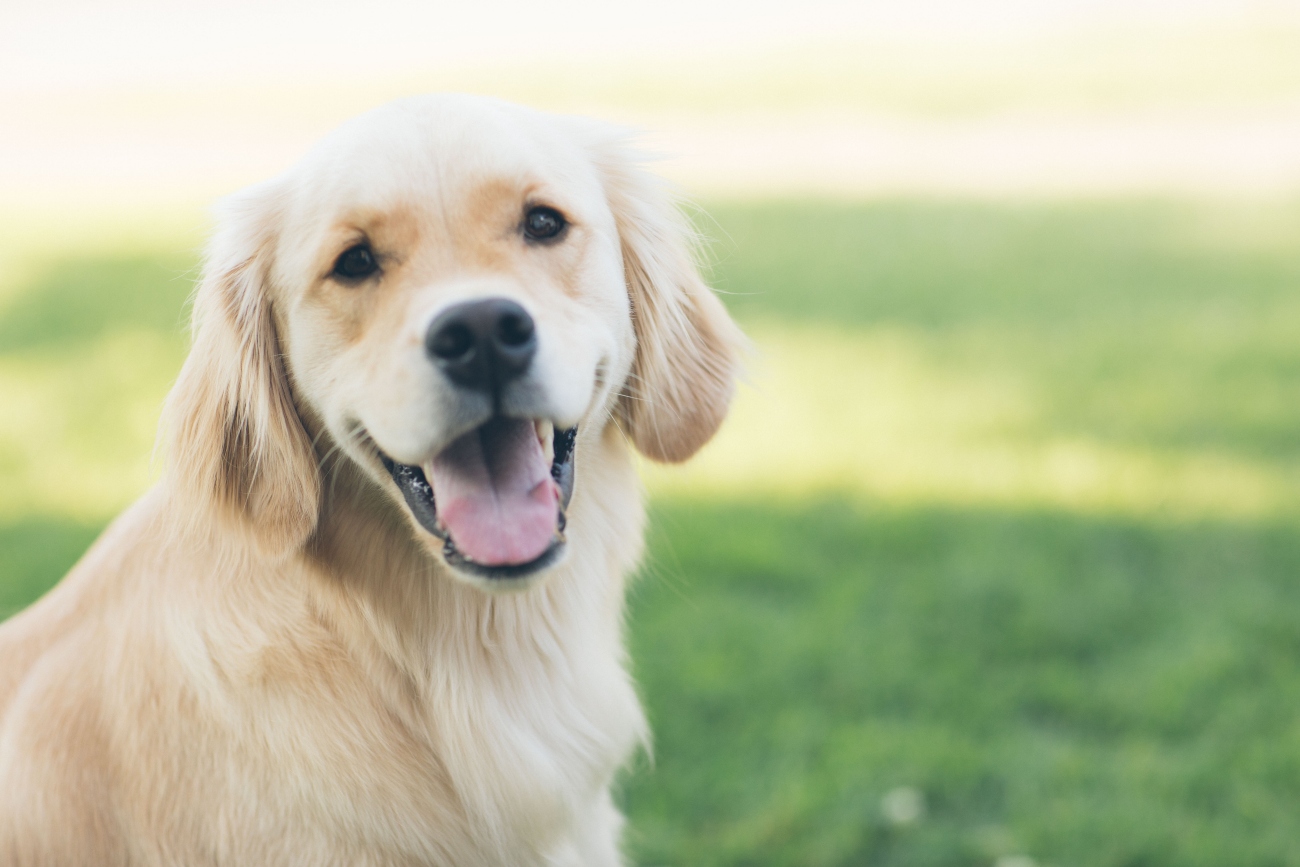
Why were pedigree dogs bred in the first place?
As you'll see from the various categories above, almost all dog breeds were developed in order to help humans in certain tasks – whether that was hunting or retrieving game, guarding a home, herding livestock, or simply providing companionship on long carriage rides.
These functions have lessened over time as technology has stepped in to do many of these jobs for us, or certain activities – such as hunting – have become less widely practised. This means that, today, dogs mostly play a companionship role.
However, it's still important to learn about what roles your particular breed was originally developed to perform. This will give you valuable insights into their character and their daily needs.
A dog that was originally bred to hunt or herd cattle is unlikely to be happy sitting around on a sofa all day, while a breed such as a Maltese, which thrives on company and interaction, won't take well to being left alone for hours at a time.
What are the benefits of owning a KC registered dog?
For one thing, you know that your dog will display the defined characteristics of the breed, in both looks and temperament.
This will tend to make life with the dog easier, as you will be able to predict various key attributes – its dietary and exercise needs, the approximate age and size it is likely to reach, and any illnesses to which the breed is particularly predisposed.
Knowledge of the latter, for example, will help you to select the best dog insurance that's right for you. After all, this will depend partly on what conditions, and of what severity, are likely to affect your dog at various stages of their life with you.
Breeding from your pedigree dog
Another advantage of being a KC member is being able to breed from your dog and register the puppies with the Kennel Club.
You will be able to obtain a pedigree certificate for your animal: this is a unique record of your dog's ancestry, going back over several generations. For more information, read our recent blog on how to breed your dog safely.
Can my pedigree dog take part in Crufts?
As a member of the Kennel Club, your dog will be able to take part in shows and activities licensed by The Kennel Club – such as the aforementioned prestigious event, Crufts. Find out more about the entry requirements on the Crufts website.
What problems do pedigree dogs have?
Pedigree dogs are more likely than cross or mixed breed dogs to have health problems. The reason for this is often because these dogs have been bred to look or behave in a certain way.
Unfortunately, some of the characteristics that have bred into dogs have resulted in some serious health issues, or at least increased predisposition towards certain health conditions. This increased health risk makes the case for specialist dog insurance particularly compelling.
Some of the most commonly exaggerated features that could cause health problems in pedigree or purebred dogs include:
Ears
Very small ears, as seen on the Shar Pei, or very large ones, as seen on the Basset Hound, could lead to increased bacteria and infections.
Back and spine
Breeds with long backs like the Dachshund can suffer from spinal problems while the German Shepherd’s sloping back could cause lower back, knee or hip problems.
Body size
The huge size of the Great Dane makes it more vulnerable to certain bone and joint problems, as well as heart disease. Great Danes are also likely to have a shorter lifespan than many other breeds. At the other extreme, the diminutive Chihuahua can have fragile bones and poor dental health. They can also be at increased risk of hip and knee problems.
Skin
While the wrinkly coat of a Shar Pei may look extremely cute, those folds of skin can make it easier for infections to take root. Similarly, the droopy eyelids that can give such a soulful, hangdog expression to dogs such as Bloodhounds can increase the likelihood of eye infections.
What's more, dogs like these can sometimes produce an excessive amount of tears, leading to a persistent, painful soreness around the eyes.
Head
Breeds such as Bulldogs have very large heads, which can bring problems. These begin, in fact, at birth: Bulldog puppies' large heads make natural births extremely difficult for the mother, and many litters are delivered by Caesarean section.
Conversely, the relatively small skull of a Cavalier King Charles Spaniel often leads to unusual amounts of pressure applied to the brain. This can lead to severe pain and sensitivity around the head and neck area.
Face
The flat faces of dogs such as Pugs, Bulldogs and French Bulldogs may have been bred into them to give them a cute, doleful expression – but they have also brought with them breathing difficulties, because of that unusually squashed nose.
What's more, this particular head and skull shape means that the eyes tend to bulge from their sockets, which can mean that both hot weather and vigorous exercise are difficult for these breeds.
Coat
Some pedigree dogs have been bred with either an excess or a lack of fur. The former group includes the Hungarian Puli. Its thick coat, with its tight, dreadlock-like curls, may look adorable, but it's not always comfortable for the dog to live with.
The excess fur means that Pulis are more likely to overheat than other dogs. The extra hair around their face can also restrict their vision.
On the other hand, the Chinese Crested Dog often has an almost hairless body – and this brings its own problems. These dogs can struggle to control their internal body temperature, and they can often develop skin problems and sunburn.
There are so many health conditions that pedigree dogs are more prone to develop and you can read about some more of these issues in our A-Z guide.
In any of these cases, treatment, or simply managing the condition throughout the dog's life, can prove expensive – so make sure you are equipped with a level of dog insurance that can provide financial help with some of these costs.
Health tests for pedigree dogs
Every pedigree dog registered with the Kennel Club must undergo health tests and/or screening schemes. You can find out more about these health tests on this section of the Kennel Club website.
This will help you when buying a puppy, for example, as you will be able to gain a full picture of the parents' health and susceptibility to any health conditions.
You will also find a variety of DNA tests or screening schemes that are designed to ensure that breeders don’t produce puppies with serious health conditions. If you’re considering buying a pedigree pup, you can research the tests and screening schemes relevant to the breed you are considering.
You can read more about each breed in the Kennel Club's comprehensive Breeds A to Z. You might also want to read our informative blog post, What is DNA profiling in dogs?
Once again, this knowledge of your puppy's likely health profile can help you to select the right level of dog insurance.
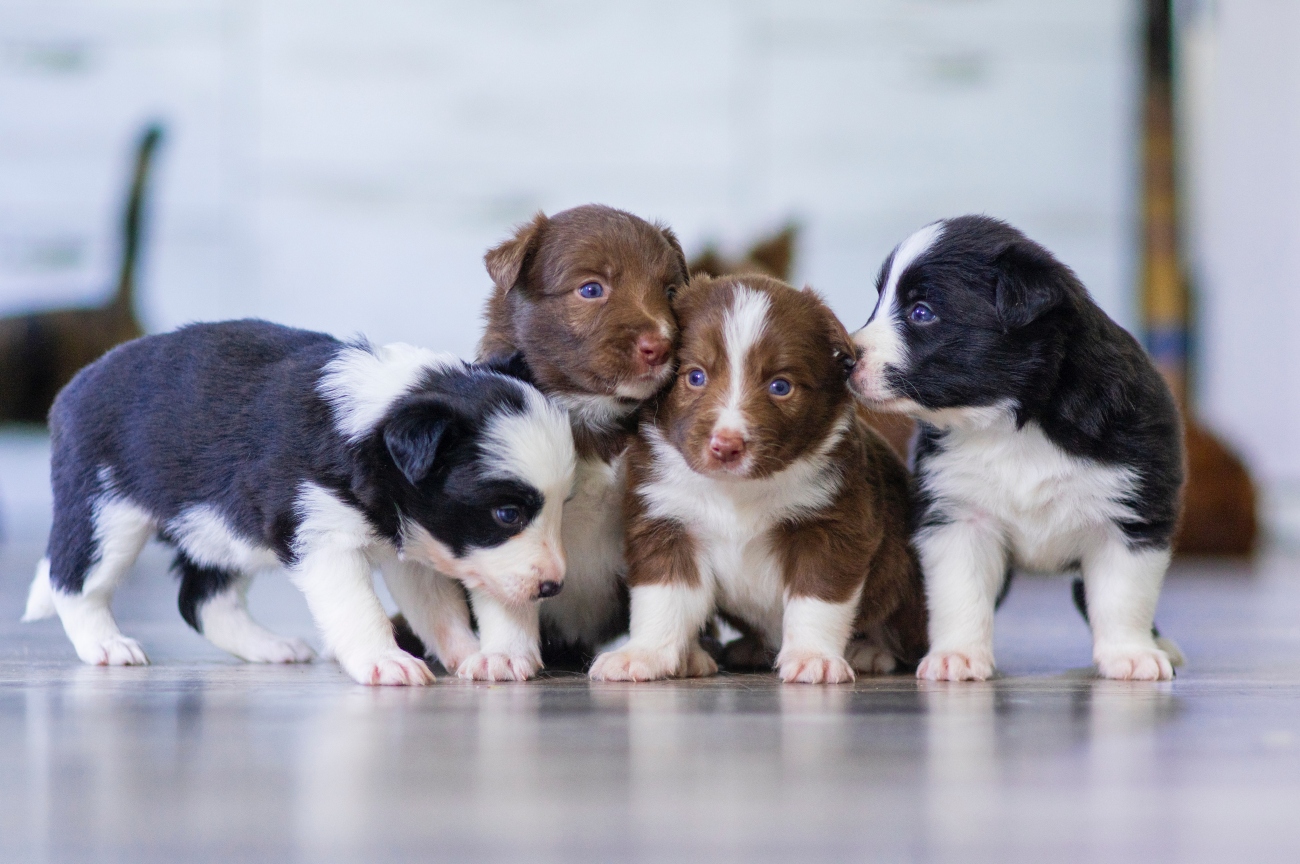
How do I find a pedigree dog breeder near me?
Finding a dog breeder who breeds for health and temperament is one of the most important things. You'll want to make sure that any puppies are well socialised with adults, children and other animals before you take them on, as well as being properly vaccinated.
Go to the Kennel Club’s website to find a list of reputable pedigree dog breeders in your area.
Questions to ask yourself when you meet your pedigree pup
You can even make your own assessments of the health of your puppy-to-be and its parents. There are various things to look out for, including:
- Can they breathe normally, without showing any signs of breathing difficulties?
- Do they seem bright, alert and responsive and used to humans?
- Is there any evidence (such as sores or rashes) of skin disease?
- Are their eyes a normal shape? Can they blink normally? Are the eyes free of undue tear staining or wetness?
- Can they walk normally? Do their joints appear to function normally, or is there a pronounced limp or favouring of one or other side?
- Are their lips positioned normally over their teeth, and do those teeth bite together comfortably and correctly?
- Do they look a normal shape for their age and breed, or do they appear over or underweight?
Find more questions to ask in our guide to buying a puppy responsibly.
Dog insurance – for pedigrees, purebreds, cross breeds and more
Whatever breed of dog you are proud to call your own, or are thinking of adding to the family, we'll be delighted to provide some specialist pet insurance for you.
Benefits of insuring with us include:
- Excess from just £60
- 15 levels of Lifetime Cover
- Online policy management portal
- 24-Hour Vet Helpline
Contact us for the dog insurance you need today.
Helpful Pages
Recent Posts
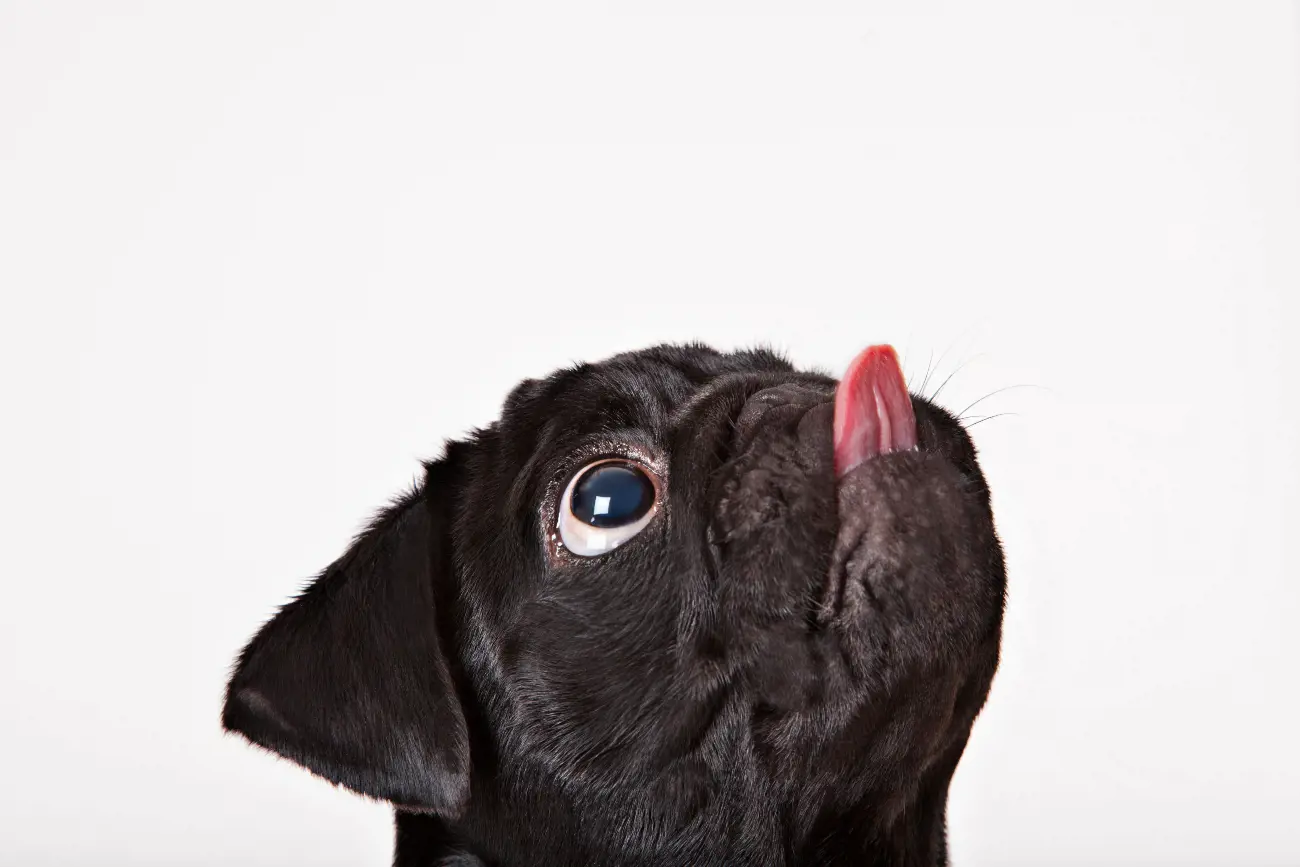
Why do Pugs lick the air?
02/10/24Pet Insurance Quote
- 98% claims paid *
- Claims paid directly to vets
- 24/7 vet video consultations
- Interest free monthly payments


